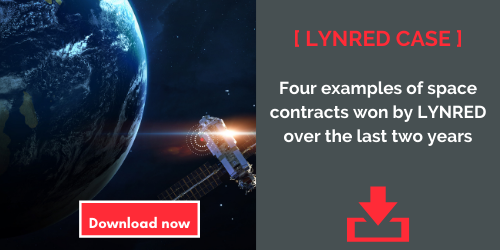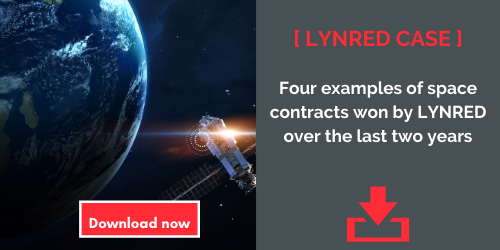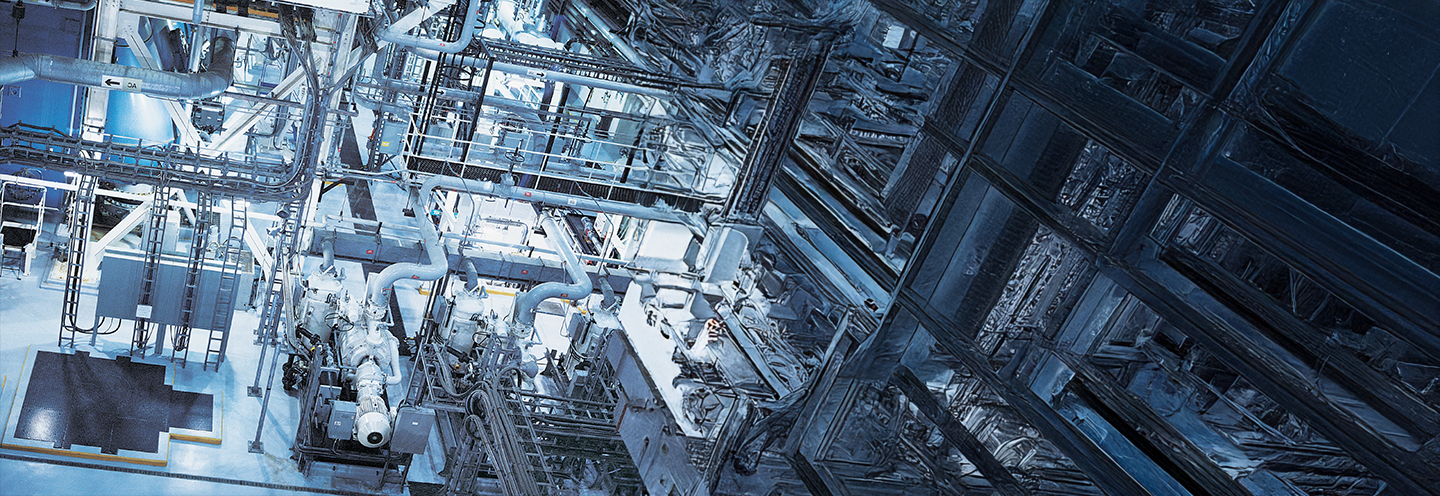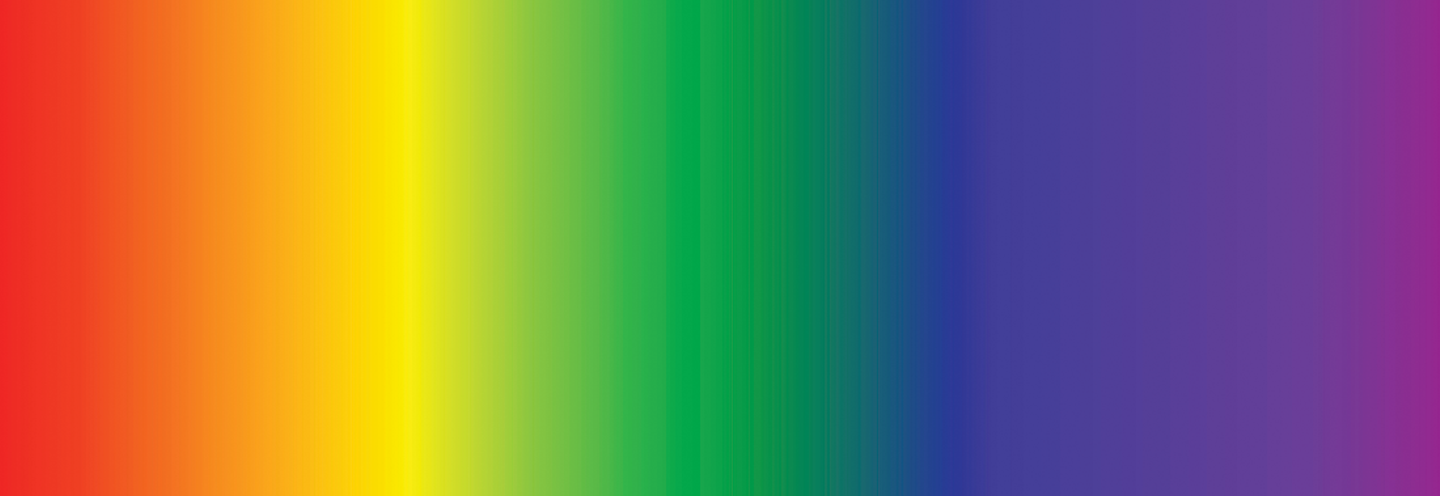Thermal imaging has cemented its reputation as a game-changer for countless security, surveillance and leisure applications, as well as a driving force for smart buildings and autonomous vehicles. But the technology has also proven to be mission-critical in another field, namely the aerospace industry.
Infrared detectors have given ample evidence of their ability to deliver superior performance and reliability in the most ambitious space programs. They excel when operating at cryogenic temperatures and are capable of demonstrating prolonged resistance to what are widely recognized as extreme conditions. Scientists are increasingly harnessing infrared technology to power their space missions.
Infrared astronomy and planetary science are two terms that often crop up. The field of infrared astronomy specializes in studying celestial objects that lie outside the visible spectrum or which feature astronomical processes whose properties can be partly revealed by the infrared radiation emitted. The equipment required to observe such objects comprises mirrors, optical systems and other detectors.
This article offers a glimpse into a number of past and present space programs incorporating thermal imaging technology, while explaining the role that IR plays in such missions and how the technology has become one of the cornerstones for space mission designers.
Chandrayaan-2 mission
Chandrayaan is the name of the mission developed by the Indian Space Research Organization (ISRO) and involves sending a space probe to the lunar south pole to collect scientific data. The mission was launched in 2019 and uses infrared technology, especially an infrared detector within its imaging spectrometer. This detector is designed to simplify the process of studying the minerals, water molecules and hydroxyl compounds present on the Moon. The composition and origin of the water beneath and across the lunar surface offers invaluable intel for exploration and future journeys into space. The infrared detector embedded into the probe was chosen for its ability to extend the upper spectral detection limit to 5.3 µm, thereby enhancing observational performance and improving the results of the Indian space mission.
ExoMars program
The ExoMars program encompasses two space missions to Mars. These two missions have been masterminded by the European Space Agency (ESA) with a significant contribution from the Russian Space Agency (Roscosmos). The first part of the program was launched in March 2016 and carried the ExoMars Trace Gas Orbiter (TGO) and its Schiaparelli lander. The second part is due to be launched in 2022 and will deliver the Rosalind Franklin rover to the surface.
These missions are focused on investigating the presence and origin of the planet's atmospheric trace gases, particularly methane, and determining whether there is any evidence of biological activity.
The ExoMars program involves several large-format infrared detectors (320x256 with a 30 µm pitch and 500x256 with a 30 µm pitch) that have been specifically engineered for scientific observations in space. This infrared detector boasts superlative quantum efficiency (QE), dark current and noise performance to help astrophysicists achieve even greater results when observing infrared radiation.
If you would like to learn more about the space programs involving LYNRED's solutions, a free download is available of the last four examples of the space contracts won by the French expert in manufacturing infrared detectors.

Hayabusa2
This space mission was spearheaded by the Japanese Space Agency (JAXA). Hayabusa2 was launched in 2014 and landed on the Ryugu asteroid to harvest surface samples that will subsequently be returned to Earth for analysis (late 2020). The mission goal is to improve our understanding of how the solar system formed and evolved. The main challenge facing the mission is bringing the samples back to Earth, where they will be studied using the technologies available in land laboratories.
The space probe also features an embedded thermal IR camera, as well as a near-infrared spectrometer, an infrared imager and an infrared microscope. This hyperspectral detector is being used to analyze the asteroid's surface soil across 365 spectral bands between 0.9μm and 3.65μm, and determine its composition (minerals, organic compounds and water).
Venus Express
Venus Express was a solar system exploration mission led by the European Space Agency (ESA) with the primary objective of studying Venus. Following its launch in 2005, Venus Express collected data about the structure, chemical composition and dynamics of the Venusian atmosphere. The program proved to be a tremendous success, since it outstripped its planned duration of six months by lasting over five years.
This mission was also powered by an array of optical equipment. A prime example was a camera that operated over a large swathe of wavelengths, ranging from ultraviolet to infrared, with the aim of measuring infrared radiation in the Venusian atmosphere.
As the world continues to see a surge in international space programs, infrared technology is gaining traction as a key component of every space mission. With infrared detector manufacturers continuing to push the boundaries of performance, their devices are one of the solutions for observing celestial objects despite the extreme conditions encountered in space.
Infrared technology is especially being used to observe astronomical objects that are concealed in the visible light spectrum by thick clouds of interstellar dust or gas. Astronomers are also harnessing the power of IR detectors to peer into the most distant galaxies. Their radiation undergoes a redshift as the expanding universe moves them further away from our own galaxy at incredibly high speeds.
Not surprisingly, infrared technology is a must-have for today's space missions.
If you would like to learn more about the space programs involving LYNRED's solutions, a free download is available of the last four examples of the space contracts won by the French expert in manufacturing infrared detectors.












